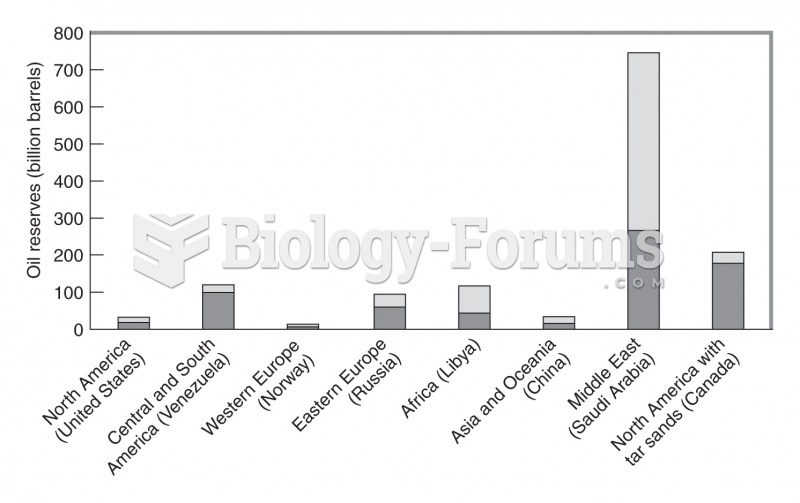|
|
|
Did you know?
The people with the highest levels of LDL are Mexican American males and non-Hispanic black females.
Did you know?
Limit intake of red meat and dairy products made with whole milk. Choose skim milk, low-fat or fat-free dairy products. Limit fried food. Use healthy oils when cooking.
Did you know?
Egg cells are about the size of a grain of sand. They are formed inside of a female's ovaries before she is even born.
Did you know?
Your heart beats over 36 million times a year.
Did you know?
Hyperthyroidism leads to an increased rate of metabolism and affects about 1% of women but only 0.1% of men. For most people, this increased metabolic rate causes the thyroid gland to become enlarged (known as a goiter).
 Areas of differing productivity and diversity in a wetland. (a) Typha dominates core habitats, while
Areas of differing productivity and diversity in a wetland. (a) Typha dominates core habitats, while
 Sickle cell anemia. The clinical manifestations of sickle cell anemia result from pathologic changes
Sickle cell anemia. The clinical manifestations of sickle cell anemia result from pathologic changes





